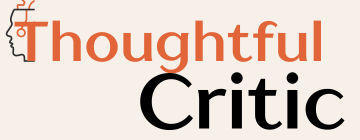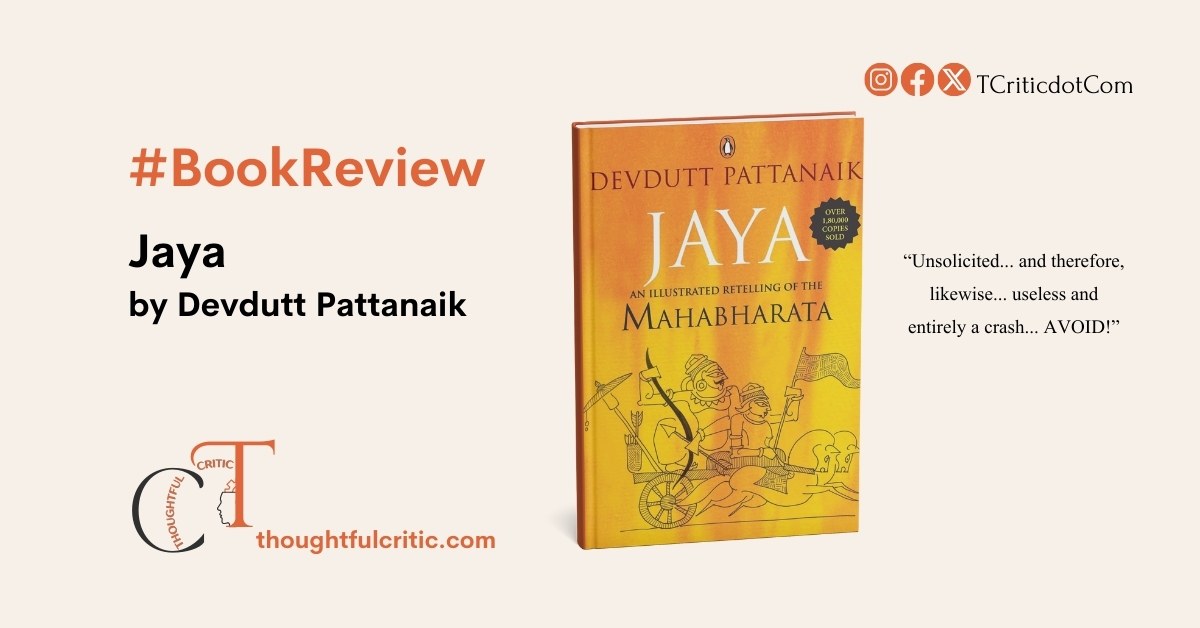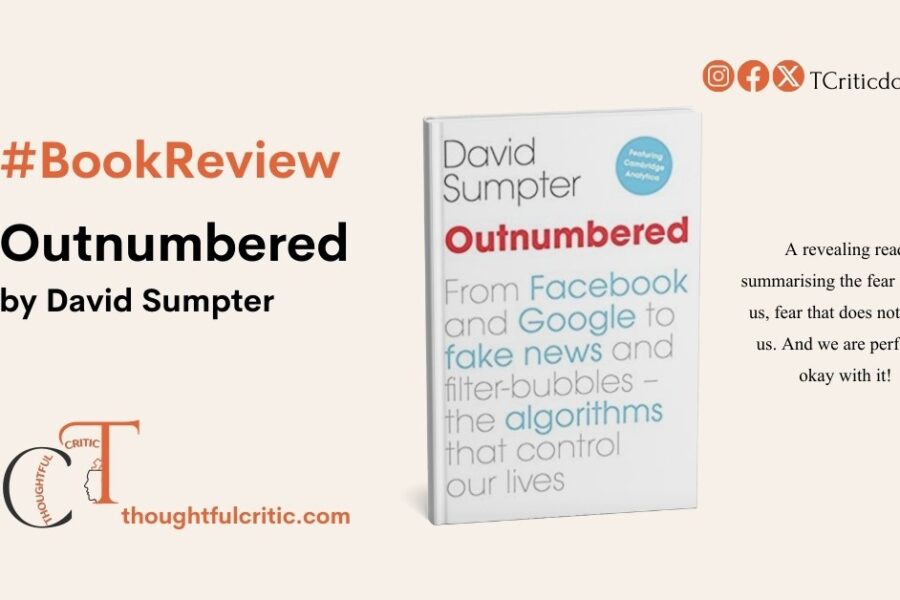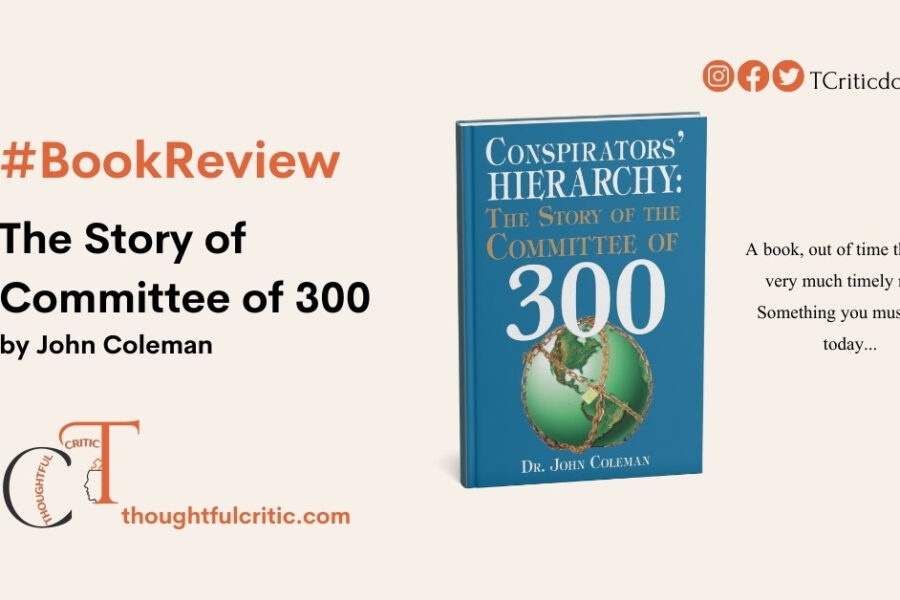I have read many books based upon retellings of Mahabharat, the grand and ancient Indian epic, written by different authors. I am not boasting about it. I am fond of reading ancient Indian scriptures for the knowledge they possess and for the perspectives of life they reveal. They are real mentors and true advisors. Recently, I read another book titled ‘Jaya – An Illustrated Retelling of Mahabharata’ by Devdutt Pattanaik. Though the book is more than a decade old, I picked it up a week before with the hope that this book would add something to my knowledge base of Mahabharat. I was super excited about it. However, I am sad to say that this book ultimately disappointed me. It is not a retelling of the great epic. It is just a work of fiction, not more than that. Instead of actual incidents, the author has focused more on popular folklore and included them in his book. Based on a few folklore and his interpretations of the text, how can he call this book a retelling of Mahabharat?
The Author
My first encounter with the author’s writing was with my recent read, Jaya. After reading the book, I actually googled about the author and discovered his works. The number of books he has written was a massive shock for me. It is the number that startled me. The subjects of the books on which they are written perplexed me. To my surprise, Devdutt Pattanaik has written many books about our scriptures. Instead, most of his books are interpretations or retelling of our great history or mythology. I really wonder how authors like Pattanaik will explore our proud history and present its secrets and knowledge humiliatingly, as well as how our cultural heritage and ancient knowledge will be preserved. Knowledge should be transferred across the generations, but authors like him are playing and manipulating the original facts and incidents and presenting their version. In such a scenario, how will the next generation respect our scriptures and gain the vast knowledge hidden in them?
Crass Language: A case of misfit
Jaya by Pattanaik is about the longest-known epic poem. Its greatness cannot be explained in the words. It is an ocean of knowledge. Each character and every incident of Mahabharat is still relevant in the present context. However, Mr. Pattnaik has used mediocre language to retell this epic. Each chapter is full of sensual and erotic language. Seriously? I mean, didn’t Mr. Pattanaik think at least once before using such cheap language to depict the events of the Mahabharat? This expression not only dishonoured the epic but also hurt our sentiments. Words are the only tool that colour and give depth to a story. The choice of words becomes more important when you are dealing with historical content. Dealing with epic themes like the Mahabharata demands the author’s seriousness, sensibility, and soundness to explain the events. I feel the author must have forgotten this. Let me give you an example: ‘ Mantra’ is sacred and respectful. This one word contains a lot in itself. Almost every one of us recites at least one or two Mantras every morning. This word is replaced by ‘Magical Formula’ by the author. Unbelievable! It has changed the whole essence of the word. And it did alter the entire meaning of the sentence. Anyways! I think the author must have considered creating and presenting his exclusive version of Mahabharat, which he has portrayed in the book – sensational, unpleasant and inferior.
Problems with the so-called Retelling:
When we were kids, our parents and grandparents always narrated stories of Mahabharat. We, too, narrate it to our kids. During the COVID-19 outbreak, we had the opportunity to see it, too. However, Mr. Pattanaik has mentioned explicitly that kids below 18 years should not read this book. Why? Because of the language he uses and the aspects he shows otherwise. Let me highlight some points for you:
- 1. Every story has multiple sides to see to it. In this book, the author puts all his attention on displaying the sexual lives of the characters. And he has been sticking to it throughout the book. Instead of exploring different perspectives and sides, he only shows the weak side of men and women.
- 2. All three powerful, respectable and strong women, Kunti, Gandhari and Draupadi, are portrayed as weak, desperate, and filled with feelings of jealousy and revenge.
- 3. As we all know, many characters and events exist in the Mahabharat. Remembering everything is a big challenge. Still, the author has given superficial information about the characters and events. Thus, It loses continuity as the readers need to flip the pages for reference. The author did not make sufficient efforts to picture the great war of Mahabharat. This makes the book shallow.
- 4. The author has incorporated many such stories or incidents unrelated to the original text, like Draupadi and Karna’s love story. Draupadi was a sacred woman who had come to the earth for a purpose. The author didn’t even shy away from saying that she wasn’t satisfied with her five husbands. She found Karna perfect. But, in reality, at her Swayamwar, she only denied marrying Karna. There is a folklore that explores the angle of Karna and Draupadi. Going into the facts, I guess the author would have conjured the folklore out of his imagination and included it in the book.
- 5. Dhritarashtra’s blindness forbids him from sitting on the throne. However, the author has mentioned that Pandu, too, was physically unfit; his disability (sterility or impotence) is not as evident as blindness. However, this was not the case. Rishi Kindam cursed him, and because of his curse, he could not be a father.
Agenda
Big publishers like Penguin have many criteria before selecting and approving any script for publishing, including language, grammar, representation of the content and the facts it contains. However, after reading this book, I believe none of the criteria was applicable in this case. Maybe this book was exceptional and requires no quality check for whatever reason. Or maybe there was some hidden agenda behind approving this. Because this book definitely lacks quality content and language. There are many spelling and grammatical mistakes, too. The facts included in this book are not worthy. This leaves a question on the part of publishers, as well as how a renowned publisher could publish such a book. Wasn’t it intentional? If this is the case, then the next generation will always be deprived of the knowledge of our rich culture and incredible history. This is a matter of genuine concern. Books are the medium of our growth, learning, and understanding. And if books like Jaya become one of the references to knowing the great epic, then this is galling.
Other than the issue of its publication by a reputed publishing house like Penguin, there are many issues with the book (that may well fall in the bracket of agenda). The first problem I can point out with the text of this book is the inclusion of an utterly biased commentary accompanying the ‘chapter’s text’. The commentary supplied by Pattanaik is either his vent against the system he does not understand or simply his ignorance being considered bliss by him. Moreover, anyone may observe at first glance that the author wants his readers to read the commentary rather than a microscopic version of the ‘epic’ he has written. Devdutt’s Mahabharata, “‘Jaya – An Illustrated Retelling of Mahabharata,” is no Maharabhata at all! It is a sketchy story version of the grand ancient epic offered as a sub-text to invite readers’ attention to the significant part of the book – the unfiltered commentary putting forth the selective, uninformed, uneducated, and ill-willed wild guesses of the author passed off as “commentary” fitted in the textbook style rectangle with light background (really? to grab the attention of readers!).
Conclusion
To retell an epic, gaining the appropriate knowledge from trusted and verified sources is paramount. Because, by retelling an epic, you are passing on the wealth of knowledge in society. And knowledge should be passed in a pure sense. So, it is the author’s responsibility not to present the truth that is maligned or coloured with his or her interpretations and perspectives. In his book, the author has told many untold stories. However, their source is only questionable. So, what’s the point of showing such things? What change will they bring to society? Authors like Pattanaik are trying to astray the best generation with their contemporary interpretation of our history and culture. They see grandness and richness through modern glasses, which they can never see.
Nidhi for Thoughtful Critic
Jaya by Devdutt Pattanaik, a book review
-
Thoughtful Critic's Rating
Summary
An academic, intellectual and creative crime… if you are a genuine reader, you cannot forgive this one. It mocks Mahabharata, even as a work of literature!




